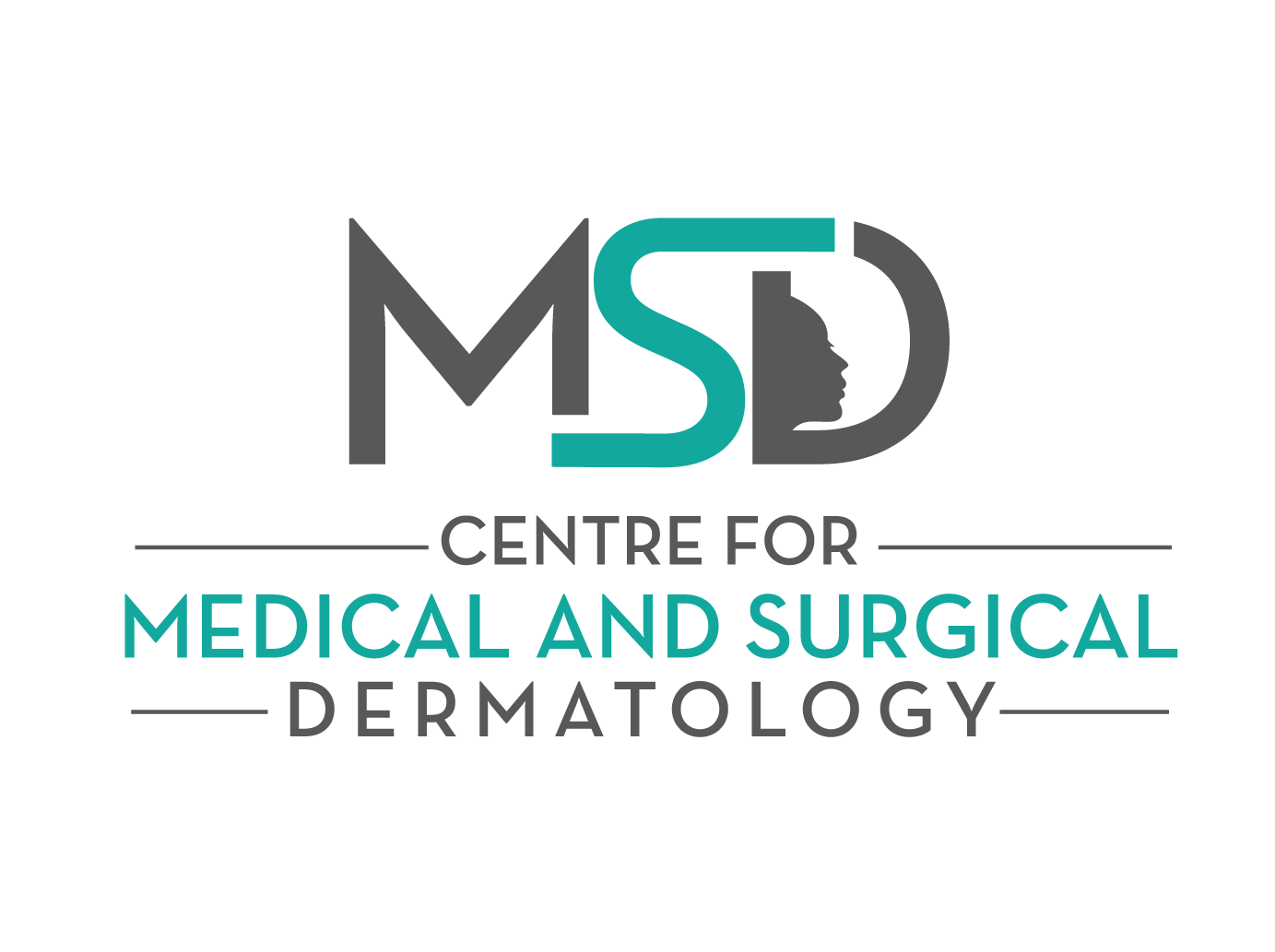WHAT IS ACNE?
Acne is a common multifactorial disorder that affects the pilosebaceous unit (hair follicle and sebaceous gland) due to its blockage and subsequent inflammation.

Acne may affect both males and females with more prevalence in teens and young adults.
The pathogenesis of acne is complex and involves a combination of several factors, such as hormonal impact, bacterial disbalance, immune and inflammatory response, and mechanical occlusion of hair follicles.
Certain medical conditions, medications, and external factors may provoke or exacerbate acne. For instance, acne is often associated with PCOS (Polycystic Ovarian Syndrome), oral steroids, lithium, certain cosmetics, high humidity, milk, and foods with high glycemic index (high content carbs and sugar).
Acne often affects the face, chest and back. The most common features of acne are open and closed comedones (black- and white-heads), inflammatory papules and pustules, occasionally inflammatory nodules, postinflammatory dyschromias, and in prone individuals scarring.
Usually, acne can be classified as mild, moderate and severe.
Acne treatment is challenging and includes topical treatment (benzoyl peroxide, topical retinoids, salicylic acid), laser, and radiofrequency treatment.
Systemic treatment includes oral antibiotics (e.g. Doxycycline/Minocycline), Antiandrogen therapy (combined oral contraceptives, Spironolactone), and Isotretinoin (Accutane, Epuris, Clarius).
